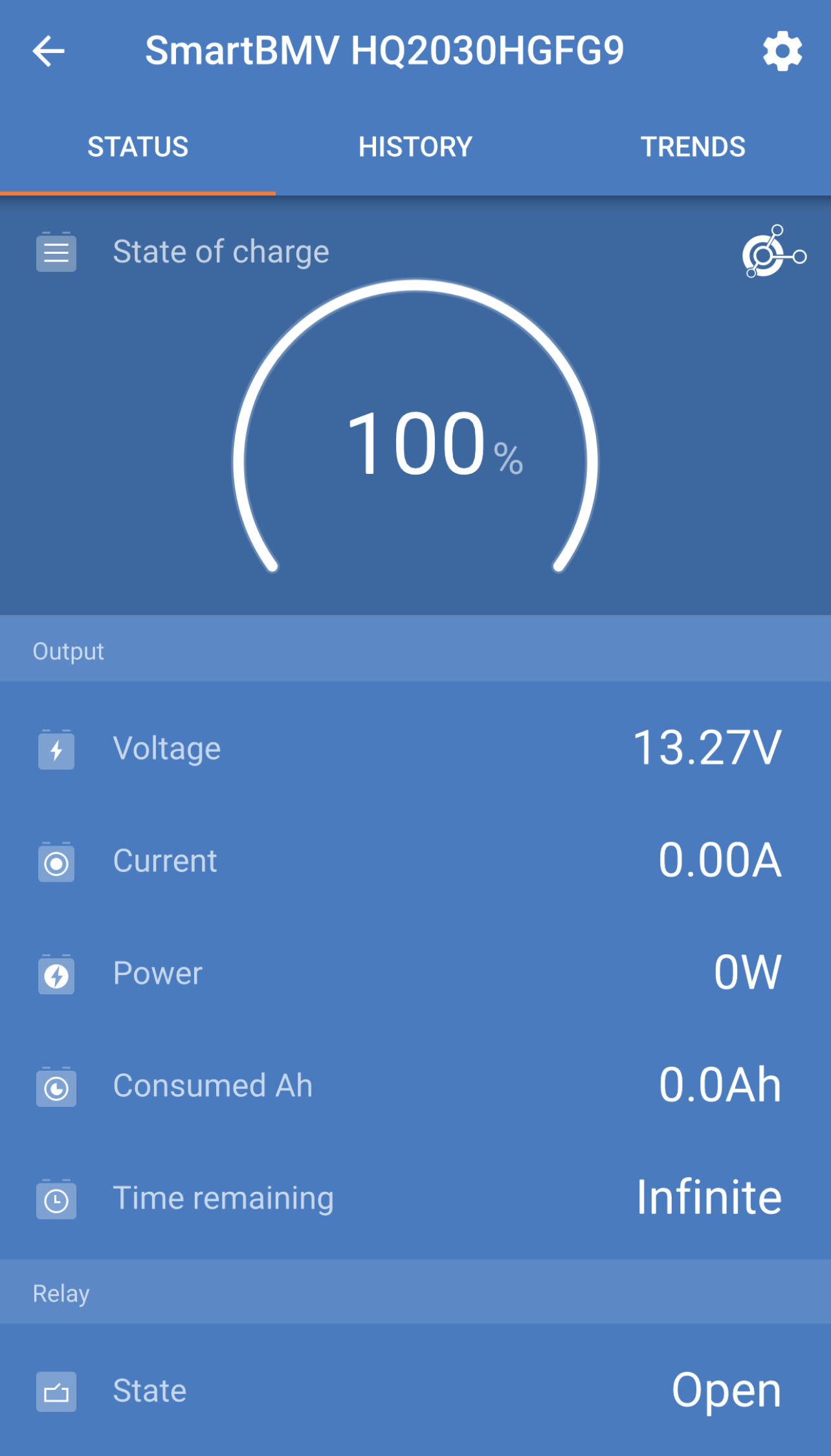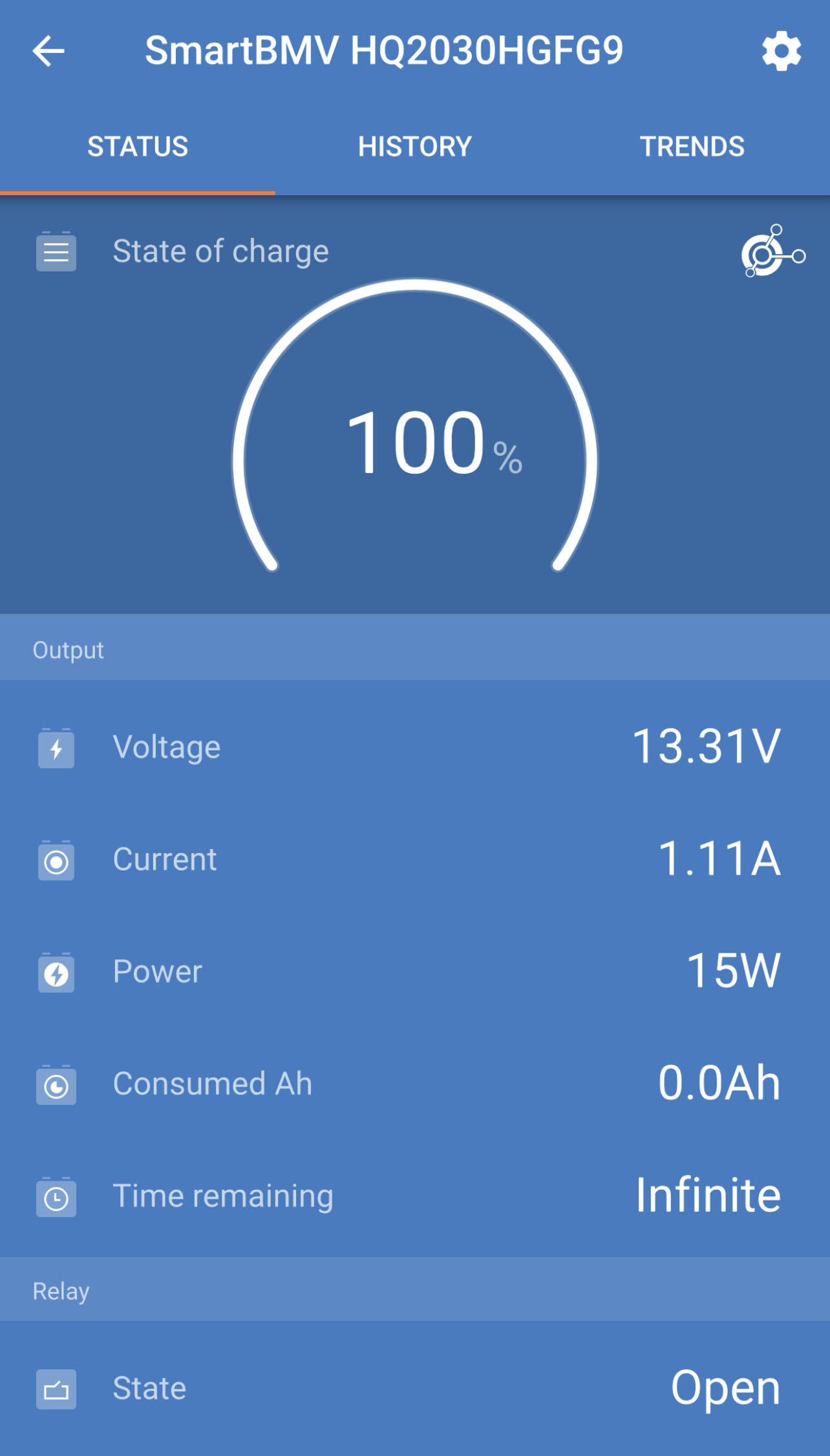I bought 4 Weize 12.8V 100ah batteries in batches of 2. I hooked up the first 2 and they worked until they lost their charge, but the MultiPass 3000 I had would not charge them. When the other 2 batteries arrived I hooked them up in place of the first 2 and everything worked great (I haven't hooked all 4 in parallel yet). They have kept their charge for 24 hours and when unplugging shore power everything stayed on. Doing this test with the first 2 shut everything off as in there was no power coming from the batteries. With shore power connected, the MultiPass and BMV-712 say the batteries are receiving 14.2 volts which I'm assuming is to charge them. When I unplug shore power, I get low battery warnings and a reading of 8.2 volts. After disconnecting the batteries and testing them individually with a multi-meter, I get 1.4 and 1.5 volts. Doing the same test with the newer batteries gives me 13.3 volts which is the absorption setting. I just plugged one of the bad batteries in by itself and took some screen shots. I can use the VictronConnect app to turn off the charger and the 12 volt lights dim, but stay on and I get low battery warnings. Doing this procedure with the good batteries shows no noticeable change to light intensity, but I can see in the 712 that a load is being taken from the batteries. When I was test wiring the first 2 batteries I accidently shorted one battery by placing a wire across the negative terminal of the same battery when I was trying to reach the second battery. The voltage on that battery then read 1.4, but the other battery still read 13.2. I figured I just discharged the one battery so if I hooked them both up in parallel to the MultiPass that it would charge the first battery, but not the second one because it was already full. I'm new to this all so I'm not sure I should have put a fresh battery with a depleted battery in parallel to be charged, but that's what I did. After a few hours, I disconnected the shore power and everything went off. In other words, the batteries couldn't supply any energy for either the 12 volt system or the 110. I disconnected the batteries again and this time both read 0, not even 1.4. But after a while, they read 1.4 and 1.5. The second battery was fine, but it appears that connecting it in parallel to the depleted battery somehow damaged it. Again, putting either of the first 2 batteries by themselves connected to the MultiPass would attempt to charge them, but as soon as I disconnected them they would read a low 1.4 or 1.5 volts.
So, do I send the first two batteries back? Is there anything I can try to revive them?
Thanks for any help.
Good batteries connected.


Now I connected a single bad battery.

BMV-712 with bad battery - no values for Current and Power.

BMV-712 with good battery - notice the Current and Power actual have values.

